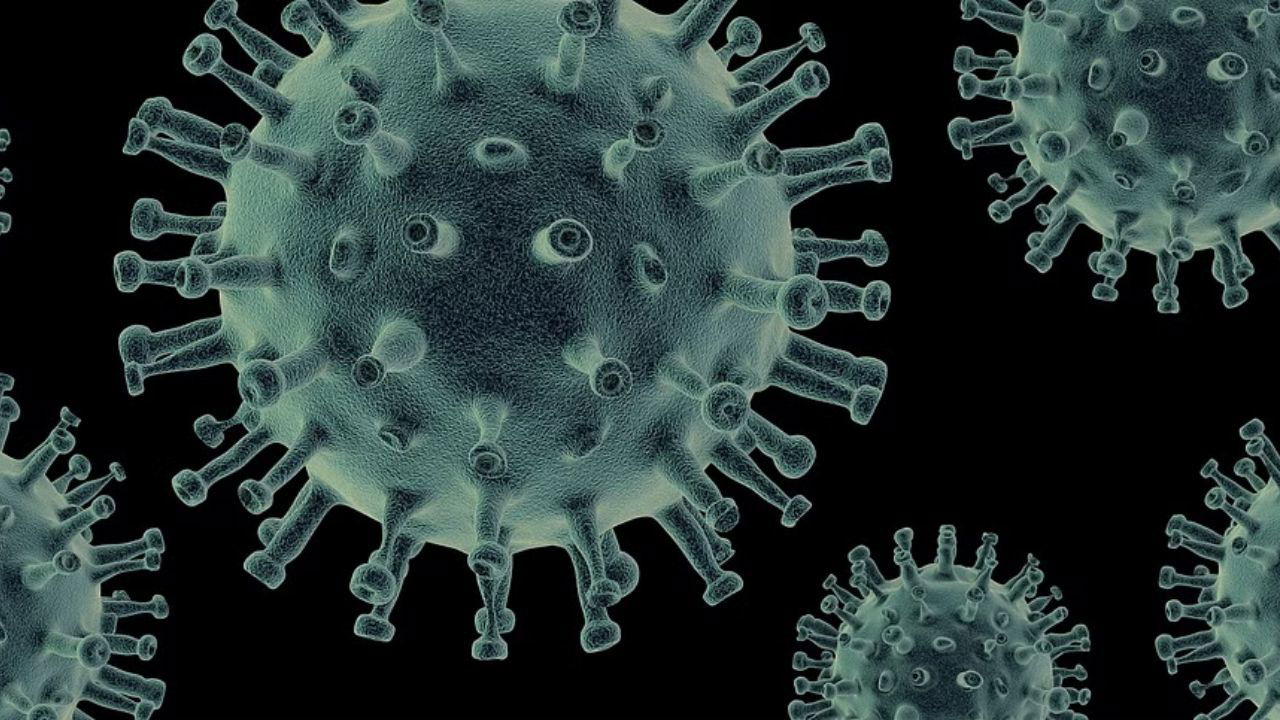
Acute Encephalitis Syndrome (AES) cases have been reported from Gujarat in children under 15 years of age since early June this year. As many as 148 AES cases (140 from 24 districts of Gujarat, 4 from Madhya Pradesh, 3 from Rajasthan and 1 from Maharashtra) have been reported, out of which 59 cases have died. Chandipura virus (CHPV) has been confirmed in 51 cases, as of July 31.
The situation was reviewed on Thursday jointly by Director General of Health Services (DGHS) & Director, National Center for Disease Control (NCDC) and DG Indian Council of Medical Research (ICMR). MD NHM of Madhya Pradesh, Integrated Disease Surveillance Program (IDSP) units and Regional offices of Health and Family Welfare of Rajasthan, Maharashtra & Gujarat, NJORT members from NIV, NCDC and faculty from NCDC, ICMR & National Center for Vector Borne Diseases Control (NCVBDC) participated in the meeting.
An official release later said that a declining trend of the daily reported new cases of AES is evident since July 19. 2024. Gujarat has undertaken various public health measures such as insecticidal spray for vector control, IEC, sensitisation of medical personnel and timely referral of cases to designated facilities.
A National Joint Outbreak Response Team (NJORT) has been deployed to assist the Gujarat government in undertaking public health measures and conducting a detailed epidemiological investigation into the outbreak. A joint advisory from NCDC and NCVBDC is being issued to guide the neighbouring States reporting AES cases.
The virus belongs to Rhabdoviridae family and is known to cause sporadic cases and outbreaks in western, central and southern parts of the country, especially during the monsoon season. It is transmitted by vectors such as sand flies and ticks. Vector control, hygiene and awareness are the only measures available against the disease.
The disease affects mostly children under 15 years of age and can present with a febrile illness that may progress to convulsions, coma and in some cases, may result in death. Although there is no specific treatment available for CHPV and management is symptomatic, timely referral of suspected AES cases to designated facilities can improve outcomes.
















